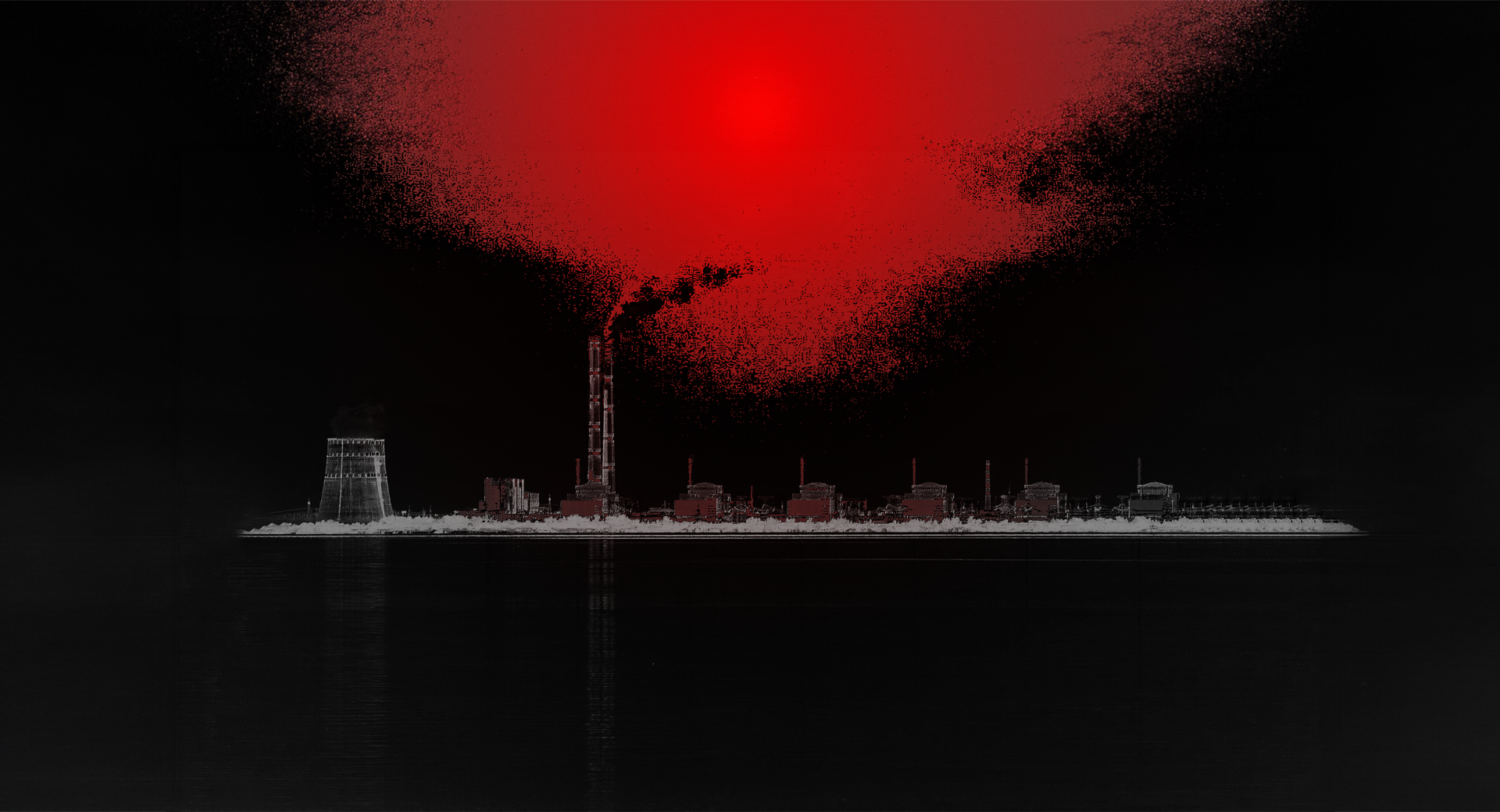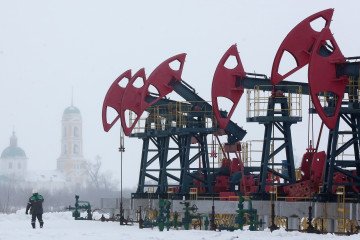- Category
- War in Ukraine
Preserving Global Nuclear Security Through Ukraine’s Peace Plan

Never before has an active nuclear power plant of this scale been seized and held hostage in a war. Russia’s actions at the Zaporizhzhia Nuclear Power Plant have shattered long-held norms surrounding nuclear safety. With this dangerous precedent set, Ukraine’s Peace Formula seeks to re-establish a global framework for nuclear security.
In March 2022, Russia seized the Zaporizhzhia Nuclear Power Plant, Europe’s largest nuclear facility, and continues to occupy it today. This act highlights the urgent need for global nuclear security, the foremost principle of Ukraine’s Peace Formula. This formula outlines a path to just and sustainable peace, not only for Ukraine but for the world, as it confronts the global crises and risks created by Russia’s aggression.
The ten-point formula prioritizes nuclear security because radiation knows no borders. Its dangers transcend national boundaries, threatening the entire world. Russia has already demonstrated its disregard for nuclear safety, and its ongoing occupation of Zaporizhzhia NPP keeps the world on edge.
Why is nuclear security so important when we talk about achieving long-lasting peace? Let’s dive in.
Nuclear Threat
Upon gaining independence in 1991, Ukraine’s embrace of nuclear power was purely for peaceful purposes, with four power plants operating within its borders: Khmelnytskyi, Rivne, South Ukraine, and Zaporizhzhia.
However, since the full-scale invasion began on February 24, 2022, Russia has relentlessly targeted Ukrainian nuclear facilities. Missile strikes have been documented, and Russia aimed to occupy these sites with reckless disregard for the potential consequences. They succeeded in capturing one: the Zaporizhzhia Nuclear Power Plant.
Zaporizhzhia Nuclear Power Plant
Located in Enerhodar, Zaporizhzhia Oblast, the Zaporizhzhia Nuclear Power Plant (ZNPP) fell under Russian control in early March 2022 and remains occupied. The plant’s condition is critical.
Before the invasion, over 10,000 employees serviced the plant’s six power units. Russian forces have since terrorized staff, leading most to flee. Today, only one-fifth remain — barely enough to manage this vital facility.
The plant itself is imperiled. Repeated disconnections from the power grid have forced reliance on emergency diesel generators. Additionally, adequate maintenance is impossible since there’s a severe personnel shortage.
Shockingly, Russia has repeatedly shelled the ZNPP with drones and MLRS systems. They now use it as a military base, shielding themselves from Ukrainian counterattacks. The Main Intelligence Directorate of Ukraine reports the ZNPP has become a drone pilot training center.
Compounding the danger, Russia’s June 2023 demolition of the Kakhovka Hydro Power Plant had dire consequences. Reservoir water was crucial for the ZNPP’s reactor cooling pool, and levels dropped dangerously low, requiring desperate measures to avert disaster.
Russia further obstructed International Atomic Energy Agency specialists for over a year, preventing crucial plant assessments.
From Ukraine’s 1991 independence until March 2022, the ZNPP operated safely, in full compliance with international regulations. Today, Europe’s largest nuclear power plant is held hostage by terrorists, teetering on the brink of a potential catastrophe.
Ukraine’s Peace Formula therefore rightly demands the ZNPP’s complete de-occupation, demilitarization, and return to Ukrainian control. International specialists must be granted access. These demands are non-negotiable; Moscow’s disregard for nuclear safety is a proven threat to the world.
Chornobyl Nuclear Power Plant
On the first day of its full-scale invasion, Russia seized the Chornobyl NPP, a decommissioned but still perilous site scarred by the 1986 reactor explosion. That catastrophe, the worst nuclear disaster in European history, stemmed from a reckless Moscow-ordered experiment and total disregard for safety protocols.
In February 2022 Russia returned to Chornobyl. Despite international efforts to mitigate the disaster’s aftermath, including the construction of the Shelter sarcophagus, Russian forces willfully put those efforts at risk. They damaged vital station equipment, dug trenches in contaminated soil, severed power lines critical for cooling systems, and destroyed radiation monitoring infrastructure. The estimated damage exceeds 100 million euros.
Chornobyl stands as a stark reminder of the extreme caution demanded by nuclear facilities. Yet Russia flouts these principles.
Their actions at Chornobyl, a non-operational but hazardous site, further demonstrate a complete disregard for nuclear safety. They continue to endanger Europe’s largest active nuclear power plant, Zaporizhzhia NPP, with reckless attacks.
The nuclear security of Europe, Asia, and the entire world rests precariously in the hands of a nation that refuses to abide by any rules. This sets a terrifying precedent for other authoritarian regimes.
Ukraine places nuclear and radiation safety at the forefront of its Peace Formula, recognizing this issue as a bedrock of global security. This will be a crucial focus at the upcoming Peace Summit on June 15-16.
Meanwhile, check out our next article on the second point of Ukraine’s Peace Formula — Food Security.
-29a1a43aba23f9bb779a1ac8b98d2121.jpeg)
-6359eca46c72bde40a90abaaadd6eaa8.png)


-206008aed5f329e86c52788e3e423f23.jpg)
